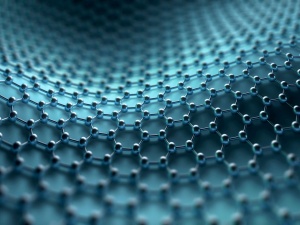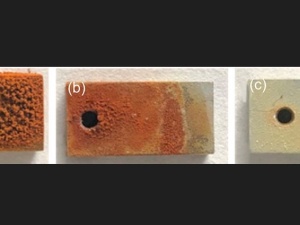Long-Term Corrosion Behavior Study of Aluminum-Alloy/Stainless-Steel Inertia Friction–Welded Tank Storing N2O4
Abstract
In this work, the materials from different positions of 2219 aluminum-alloy/304 stainless-steel inertia friction–welded tank with long-term storage of N2O4 are studied. It is shown in the results that the corrosion product layer composed of Fe3O4 and FeCr2O4 is covered on the surface of stainless steel. The corrosion product layer on the surface of stainless steel can effectively improve the protection effect. Severe corrosion occurred in both the sidewall and bottom aluminum alloy, with intergranular corrosion depths of about 30–50 μm observed in the cross section, accompanied by typical exfoliation corrosion. A Fe–Al-dominated intermetallic compound layer is formed at the weld. A dynamic recrystallization zone and thermomechanical-affected zone are included on the aluminum-alloy side with intergranular corrosion depths of 4.3 and 13.3 μm, respectively. The granular Al matrix can be seen on the peeling surface of the aluminum alloy. Combining scanning Kelvin probe and potentiodynamic polarization curve results, the high potential of the stainless steel can further promote the corrosion of the aluminum alloy.



